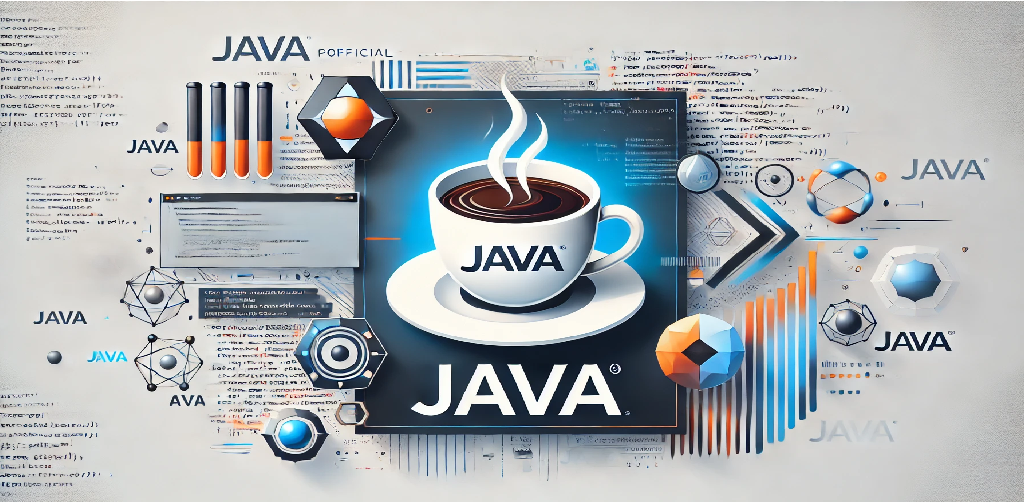What is the Significance of ObjectOutputStream and ObjectInputStream in Java?
Learn about the importance of ObjectOutputStream and ObjectInputStream in Java, how they are used for object serialization and deserialization, and explore practical examples to understand their functionality in I/O operations.


